Cycloheptanone,2-phenyl-
Modify Date: 2024-01-02 20:52:22

Cycloheptanone,2-phenyl- structure
|
Common Name | Cycloheptanone,2-phenyl- | ||
|---|---|---|---|---|
| CAS Number | 14996-78-2 | Molecular Weight | 188.26600 | |
| Density | 1.018g/cm3 | Boiling Point | 136-138ºC (4 mmHg) | |
| Molecular Formula | C13H16O | Melting Point | 21-23ºC | |
| MSDS | N/A | Flash Point | 132.1ºC | |
| Name | 2-phenylcycloheptan-1-one |
|---|---|
| Synonym | More Synonyms |
| Density | 1.018g/cm3 |
|---|---|
| Boiling Point | 136-138ºC (4 mmHg) |
| Melting Point | 21-23ºC |
| Molecular Formula | C13H16O |
| Molecular Weight | 188.26600 |
| Flash Point | 132.1ºC |
| Exact Mass | 188.12000 |
| PSA | 17.07000 |
| LogP | 3.30340 |
| Vapour Pressure | 0.000557mmHg at 25°C |
| Index of Refraction | 1.541-1.543 |
Synonym:None Section 2 - COMPOSITION, INFORMATION ON INGREDIENTS
Risk Phrases: None Listed. Section 3 - HAZARDS IDENTIFICATION EMERGENCY OVERVIEW
The toxicological properties of this material have not been fully investigated. Potential Health Effects Eye: May cause eye irritation. Skin: May cause skin irritation. Ingestion: May cause irritation of the digestive tract. The toxicological properties of this substance have not been fully investigated. Inhalation: May cause respiratory tract irritation. The toxicological properties of this substance have not been fully investigated. Chronic: No information found. Section 4 - FIRST AID MEASURES Eyes: Flush eyes with plenty of water for at least 15 minutes, occasionally lifting the upper and lower eyelids. Get medical aid. Skin: Get medical aid. Flush skin with plenty of water for at least 15 minutes while removing contaminated clothing and shoes. Wash clothing before reuse. Ingestion: Never give anything by mouth to an unconscious person. Get medical aid. Do NOT induce vomiting. If conscious and alert, rinse mouth and drink 2-4 cupfuls of milk or water. Inhalation: Remove from exposure and move to fresh air immediately. If not breathing, give artificial respiration. If breathing is difficult, give oxygen. Get medical aid. Notes to Physician: Section 5 - FIRE FIGHTING MEASURES General Information: As in any fire, wear a self-contained breathing apparatus in pressure-demand, MSHA/NIOSH (approved or equivalent), and full protective gear. During a fire, irritating and highly toxic gases may be generated by thermal decomposition or combustion. Extinguishing Media: Use agent most appropriate to extinguish fire. Use water spray, dry chemical, carbon dioxide, or appropriate foam. Section 6 - ACCIDENTAL RELEASE MEASURES General Information: Use proper personal protective equipment as indicated in Section 8. Spills/Leaks: Avoid runoff into storm sewers and ditches which lead to waterways. Clean up spills immediately, observing precautions in the Protective Equipment section. Sweep up or absorb material, then place into a suitable clean, dry, closed container for disposal. Avoid generating dusty conditions. Provide ventilation. Section 7 - HANDLING and STORAGE Handling: Wash thoroughly after handling. Use with adequate ventilation. Avoid contact with eyes, skin, and clothing. Keep container tightly closed. Avoid ingestion and inhalation. Storage: Store in a tightly closed container. Store in a cool, dry, well-ventilated area away from incompatible substances. Section 8 - EXPOSURE CONTROLS, PERSONAL PROTECTION Engineering Controls: Facilities storing or utilizing this material should be equipped with an eyewash facility and a safety shower. Use adequate ventilation to keep airborne concentrations low. Exposure Limits CAS# 14996-78-2: Personal Protective Equipment Eyes: Wear appropriate protective eyeglasses or chemical safety goggles as described by OSHA's eye and face protection regulations in 29 CFR 1910.133 or European Standard EN166. Skin: Wear appropriate protective gloves to prevent skin exposure. Clothing: Wear appropriate protective clothing to prevent skin exposure. Respirators: A respiratory protection program that meets OSHA's 29 CFR 1910.134 and ANSI Z88.2 requirements or European Standard EN 149 must be followed whenever workplace conditions warrant respirator use. Section 9 - PHYSICAL AND CHEMICAL PROPERTIES Physical State: Liquid above room te Color: moist yellow cyrstals - pale yellow Odor: Not available. pH: Not available. Vapor Pressure: Not available. Viscosity: Not available. Boiling Point: 136 - 138 deg C @ 4.00mm Hg Freezing/Melting Point: 21 - 23 deg C Autoignition Temperature: Not available. Flash Point: > 110 deg C (> 230.00 deg F) Explosion Limits, lower: Not available. Explosion Limits, upper: Not available. Decomposition Temperature: Solubility in water: Specific Gravity/Density: 1.038 Molecular Formula: C13H16O Molecular Weight: 188.27 Section 10 - STABILITY AND REACTIVITY Chemical Stability: Stable at room temperature in closed containers under normal storage and handling conditions. Conditions to Avoid: Incompatible materials, excess heat. Incompatibilities with Other Materials: Oxidizing agents. Hazardous Decomposition Products: Carbon monoxide, irritating and toxic fumes and gases, carbon dioxide. Hazardous Polymerization: Has not been reported Section 11 - TOXICOLOGICAL INFORMATION RTECS#: CAS# 14996-78-2 unlisted. LD50/LC50: Not available. Carcinogenicity: (+/-)-2-Phenylcycloheptanone - Not listed by ACGIH, IARC, or NTP. Section 12 - ECOLOGICAL INFORMATION Section 13 - DISPOSAL CONSIDERATIONS Dispose of in a manner consistent with federal, state, and local regulations. Section 14 - TRANSPORT INFORMATION IATA Not regulated as a hazardous material. IMO Not regulated as a hazardous material. RID/ADR Not regulated as a hazardous material. Section 15 - REGULATORY INFORMATION European/International Regulations European Labeling in Accordance with EC Directives Hazard Symbols: Not available. Risk Phrases: Safety Phrases: S 24/25 Avoid contact with skin and eyes. S 28A After contact with skin, wash immediately with plenty of water. S 37 Wear suitable gloves. S 45 In case of accident or if you feel unwell, seek medical advice immediately (show the label where possible). WGK (Water Danger/Protection) CAS# 14996-78-2: No information available. Canada None of the chemicals in this product are listed on the DSL/NDSL list. CAS# 14996-78-2 is not listed on Canada's Ingredient Disclosure List. US FEDERAL TSCA CAS# 14996-78-2 is not listed on the TSCA inventory. It is for research and development use only. SECTION 16 - ADDITIONAL INFORMATION N/A |
| Safety Phrases | 24/25 |
|---|---|
| HS Code | 2914399090 |
| Precursor 9 | |
|---|---|
| DownStream 7 | |
| HS Code | 2914399090 |
|---|---|
| Summary | 2914399090. other aromatic ketones without other oxygen function. VAT:17.0%. Tax rebate rate:13.0%. . MFN tariff:5.5%. General tariff:30.0% |
| 2-phenyl-cycloheptan-1-one |
| 2-phenyl-cycloheptanone |
| rac-2-phenylcycloheptanone |
 CAS#:100-59-4
CAS#:100-59-4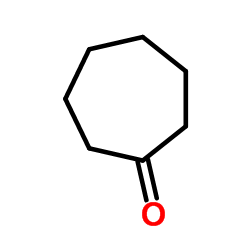 CAS#:502-42-1
CAS#:502-42-1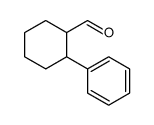 CAS#:14441-56-6
CAS#:14441-56-6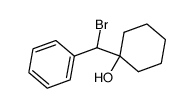 CAS#:801163-54-2
CAS#:801163-54-2 CAS#:108-94-1
CAS#:108-94-1![1-{chloro(phenyl)[(4-tolyl)sulfinyl]methyl}cyclohexanol Structure](https://image.chemsrc.com/caspic/034/1356187-57-9.png) CAS#:1356187-57-9
CAS#:1356187-57-9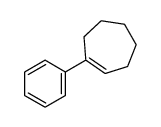 CAS#:25308-75-2
CAS#:25308-75-2 CAS#:67-56-1
CAS#:67-56-1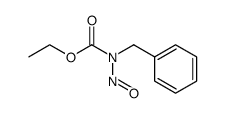 CAS#:6558-76-5
CAS#:6558-76-5![[(E)-1-Hexenyl]benzene structure](https://image.chemsrc.com/caspic/053/6111-82-6.png) CAS#:6111-82-6
CAS#:6111-82-6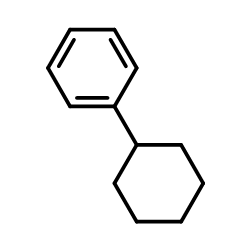 CAS#:827-52-1
CAS#:827-52-1 CAS#:1009-81-0
CAS#:1009-81-0 CAS#:1588-44-9
CAS#:1588-44-9 CAS#:56020-75-8
CAS#:56020-75-8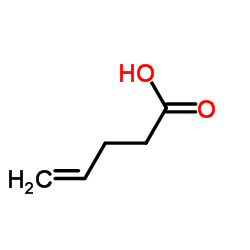 CAS#:591-80-0
CAS#:591-80-0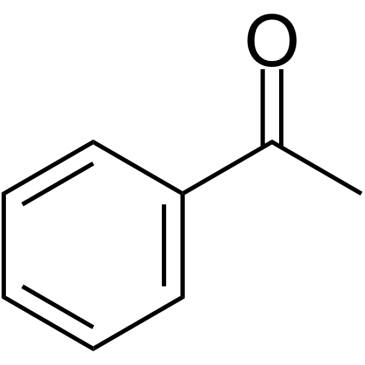 CAS#:98-86-2
CAS#:98-86-2